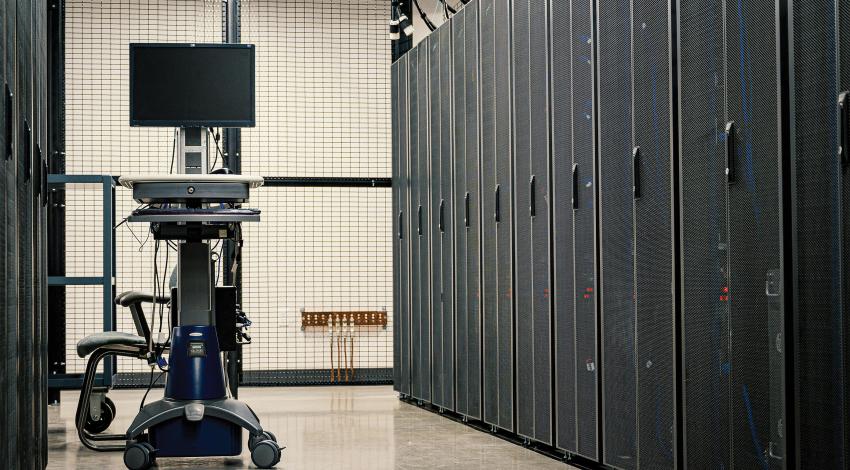With the restrictions that are being placed on reliable, economical sources of power, we can only expect a less reliable system, higher costs, and negative impacts on people’s well-being.
Until recently, the demand for electricity in the United States has been mostly steady, growing a little less than 4% over the past 20 years. Constant improvement in the efficiency of home appliances, air conditioning and heating systems, light bulbs, even electronic chargers, combined with an “offshoring” of many industrial facilities, largely offset the increase in demand that came from an influx of new homes and electric-powered innovations.
Today, however, things look dramatically different.
Our population is increasingly turning to electricity to power our homes and businesses. Manufacturing facilities are springing up across the country to shorten supply chains while others are returning from abroad to respond to incentives for domestic production. Electric vehicles are still in their early stages, but typically add 30% or more to a household’s electricity use. Efficiency improvements continue, but there are diminishing returns when improving on already-efficient appliances.
All this means we need to grow and expand our domestic production of electricity. Sounds easy, but it has proven to be slower and more difficult than in the past. The development of large-scale electric infrastructure that will be able to feed the coming growth in demand comes with trade-offs: cost, land use, and environmental impact not least among them.
Wind and solar continue to be the fastest-growing electricity supply sources, and those renewable resources will continue to expand. But we all realize they have limitations; neither is available 24/7, and both require (or at least impact) vast amounts of land in order to produce power at the scale we need.
Coal- and natural gas-powered generation can easily supply what we need. However, the U.S. EPA’s most recent rule requiring carbon capture and storage from both existing coal-fired power plants and new large natural gas plants will not only force premature closure of remaining coal plants, but will severely limit future development of the most efficient new natural gas plants. Nuclear power plants could be a solution, but they continue to be plagued by high costs and long lead times for permitting and siting, making any significant contribution from new nuclear plants decades away.
With the restrictions that are being placed on current reliable, economical sources of power and limits on the development of new infrastructure, we can only expect a less reliable system, higher costs, and negative impacts on people’s personal and economic well-being. It doesn’t need to be that way.









